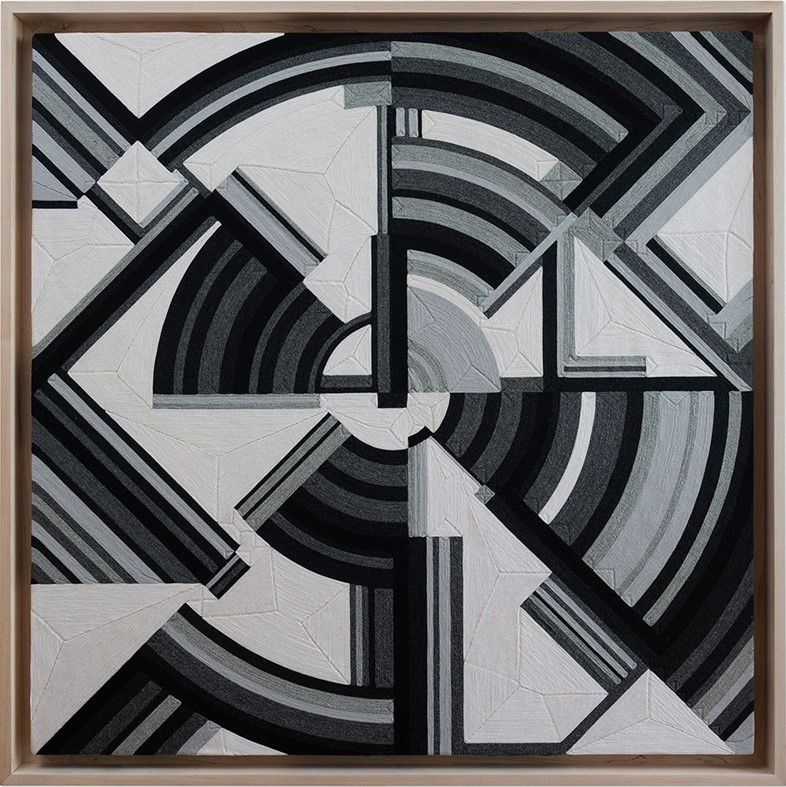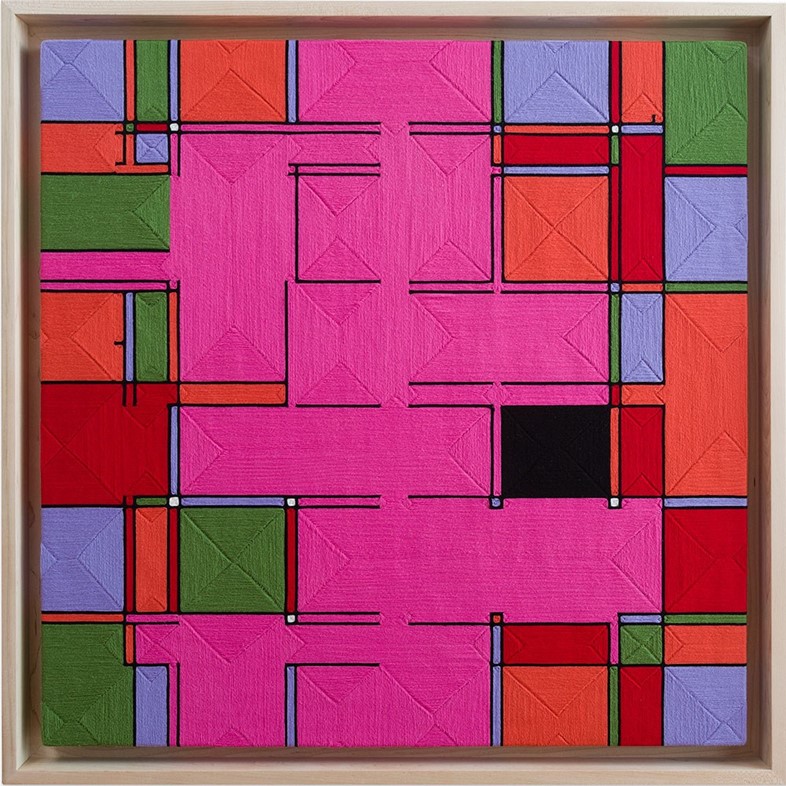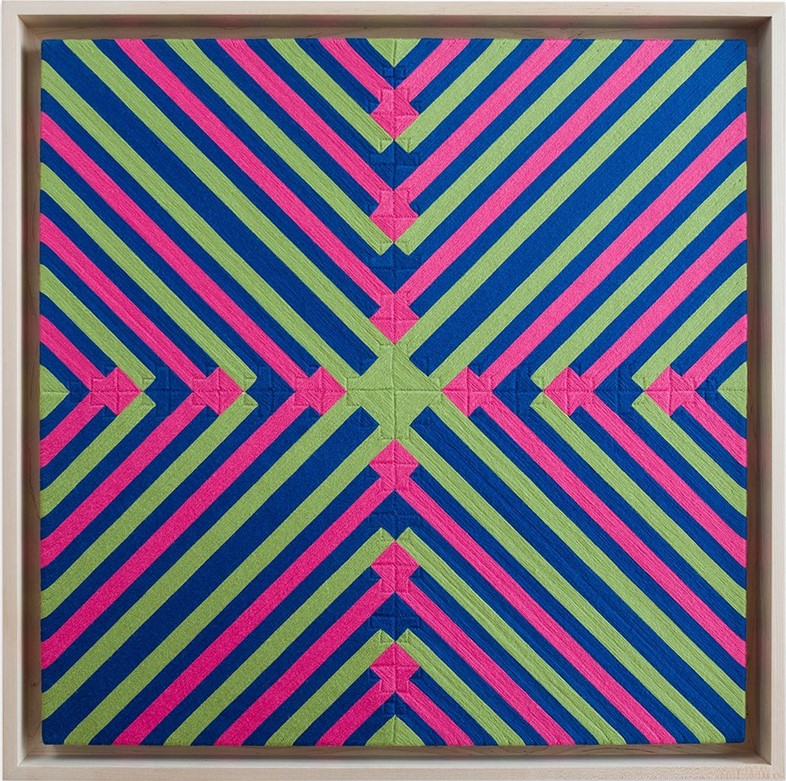Op-Art and Mexican folklore collide in a new London exhibition that gives the multi-faceted artist the recognition he so rightly deserves
Who? Mexico-based Eduardo Terrazas’ creative mind pays no heed to generic boundaries. His work spans art, graphic design, typography, urban planning, curation and architecture, to name but a few, and like many other figures of his creative calibre, he seems to be endlessly acquiring new means with which to communicate his message.
Terrazas first came to prominence as co-designer of the identity for the 1968 Olympic Games, which took place in Mexico City, creating a 60s Op-Art-inspired system which incorporated the official five ring Olympic symbol while simultaneously paying hômage to Mexican folk art. From there, the young designer proceeded to work on projects from designing Mexican public housing to curating national folk and archaeological art.
Perhaps most extraordinarily, Terrazas was the designer behind the transparent balloon which first graced the cover of Harper’s Bazaar in the 1960s in the now iconic photoseries by Melvin Sokolysky, which featured models posing inside of it hanging precariously over the streets of Paris. The object was inspired by the balloons sold by street traders in Mexico City parks.

What? Although focused primarily on architecture and urban planning, Terrazas’ artwork has always played an important role in his practice, and he has produced upwards of 600 works in his 45-year career. Colour, geometry and line continue to be his principal aesthetic concerns, and his fascination with Huichol craftsmanship, a Native American ethnic group of western central Mexico, pervades his creative output.
A collection of the artist’s diverse work, exhibited in a new show at London’s Timothy Taylor Gallery, shines a new light on this aspect of his artistic interest. In his Tablas series, for example, Terrazas collaborates with a Huichol craftsman, appropriating a traditional folk process in which coloured yarn is woven into wooden panels covered with Campeche wax, to create vibrant, warm geometric canvases. “The works translate a richly historic craft language into a contemporary context,” the gallery explains, “whilst also acknowledging the lineage of geometric abstraction beginning with the European avant garde.” Placing the handmade and the ritual alongside the academic and the lofty, it’s an inexorably alluring combination.

Why? In spite of the breadth of his oeuvre and the fact that he’s now approaching octogenarian status Terrazas’ work is little known outside of his native Mexico, and yet it has come to embody an important fusion of Mexican national identity and contemporary visual culture. This eponymous solo exhibition marks the first major show of his work in the UK, following recent exhibitions in Mexico, New York and the United Arab Emirates, and allows Terrazas’ vibrant, kaleidoscopic pieces the attention they deserve. Bright pops of colour are channeled into concentric stripes and boldly outlined blocks, hinting at the artist’s rich cultural heritage and his uncompromisingly modern vision, all the while coaxing the viewer into imagining a lingering Latin American summer rendered entirely in his characteristic palette.
Eduardo Terrazas runs until October 3 at Timothy Taylor, London.
